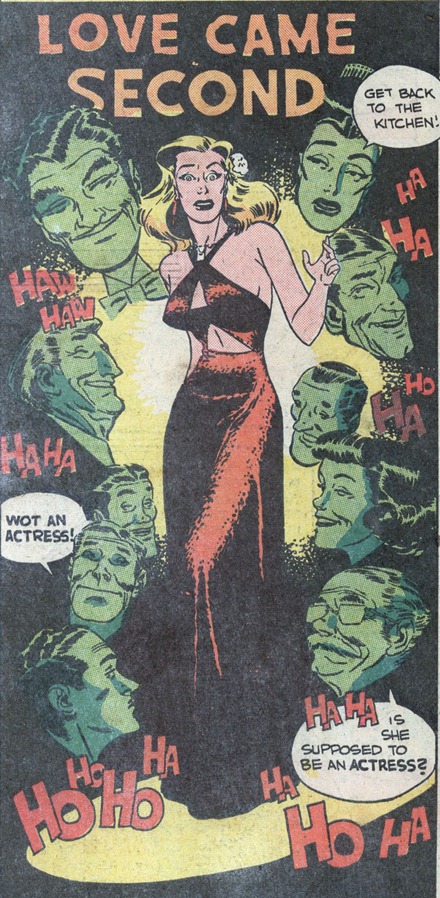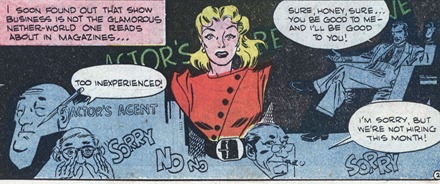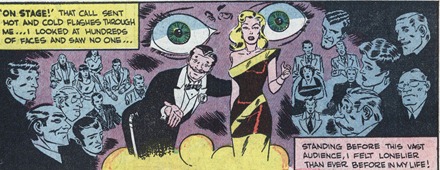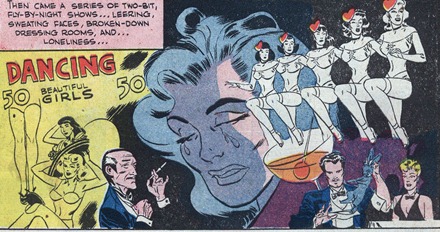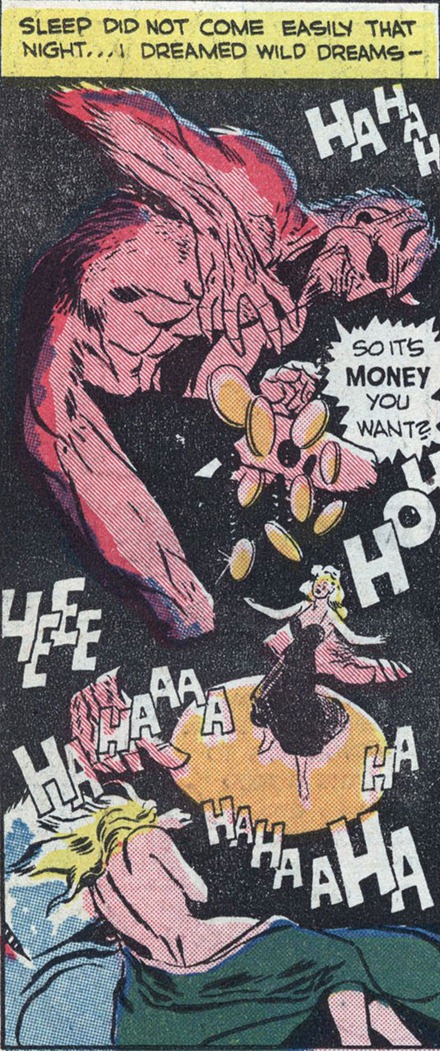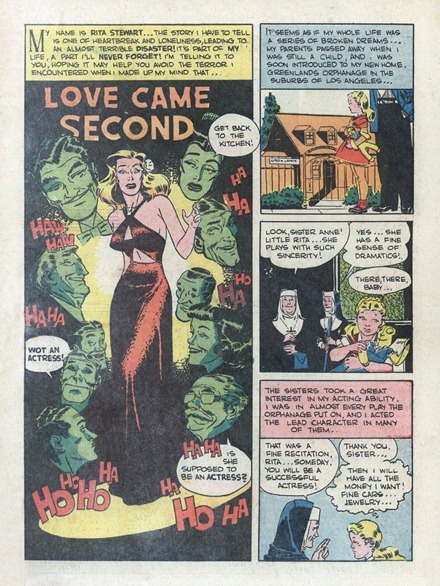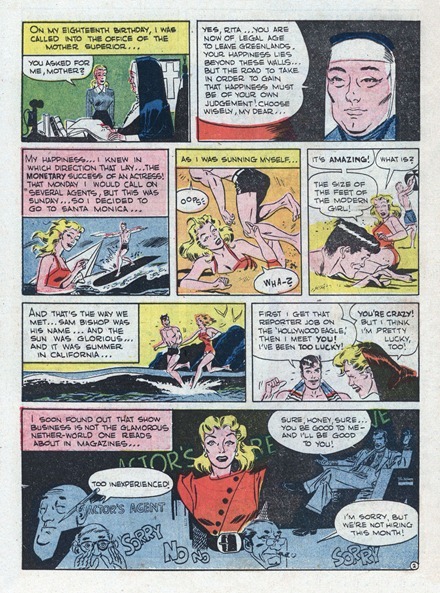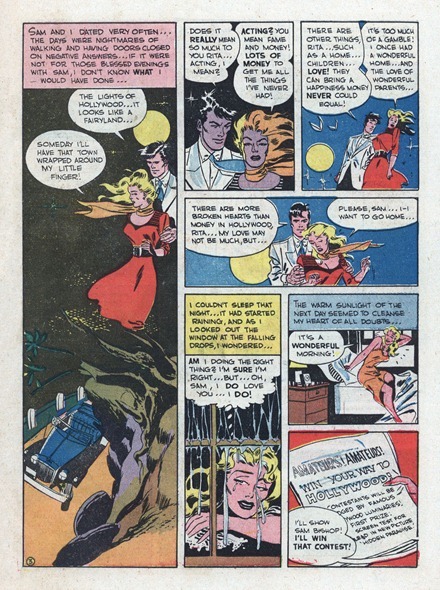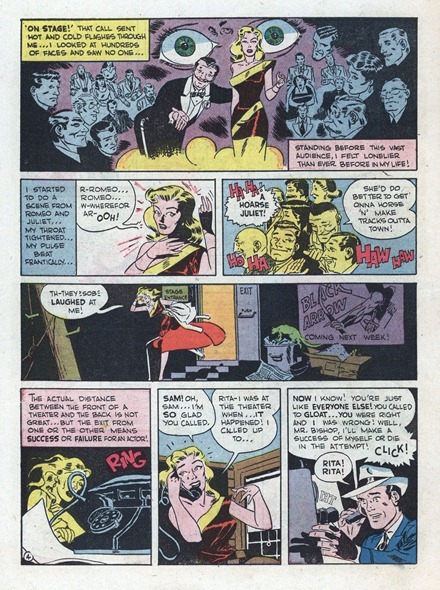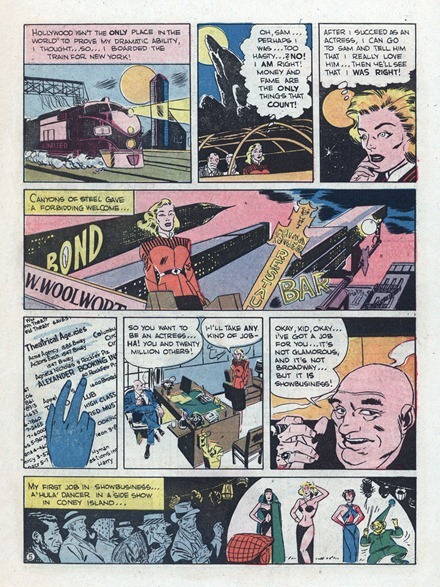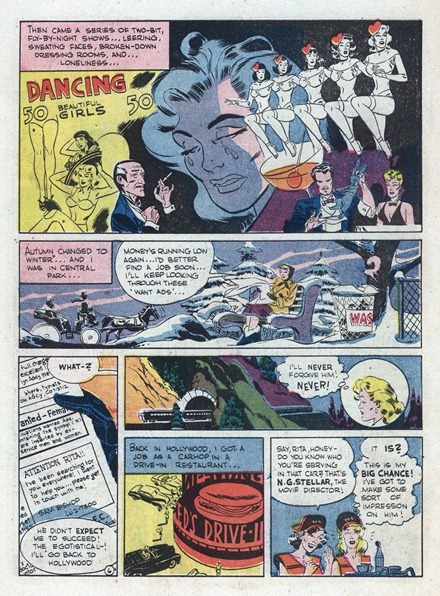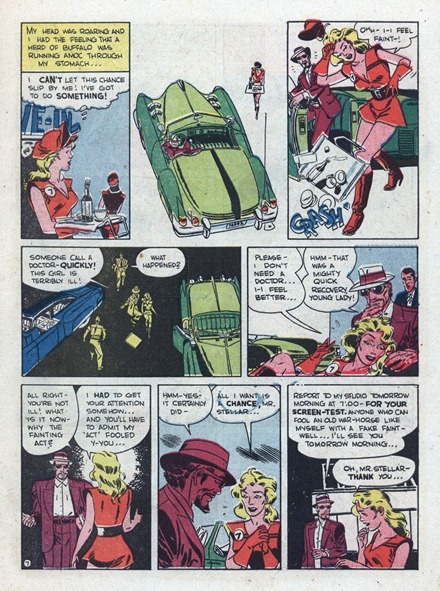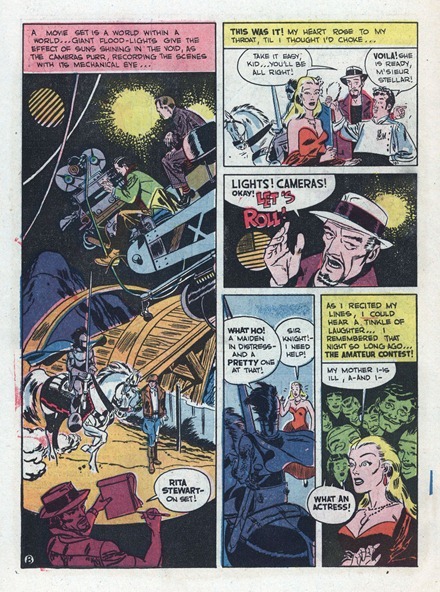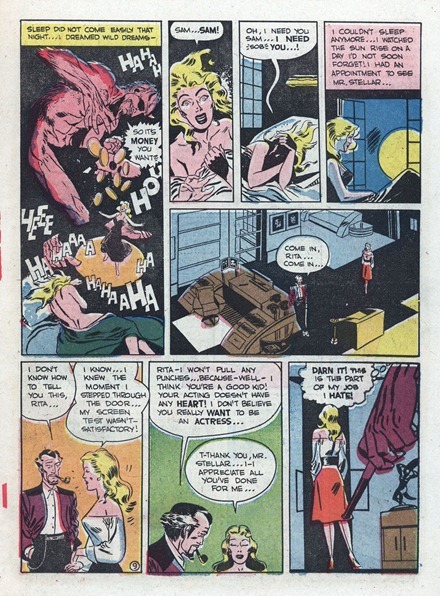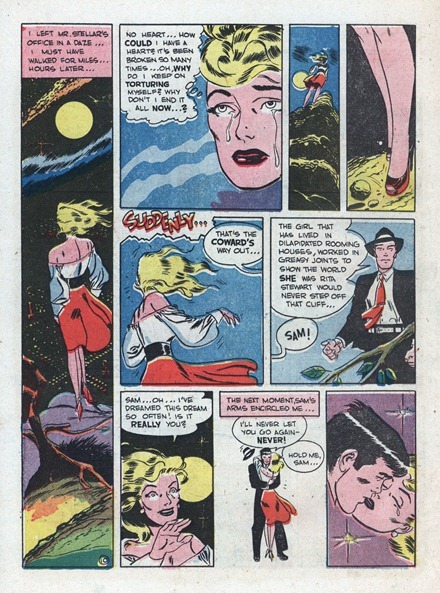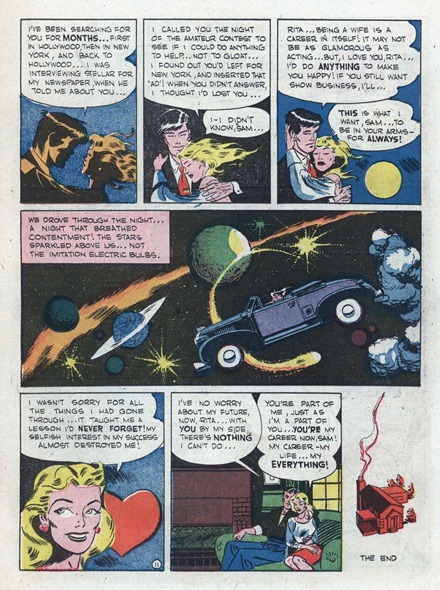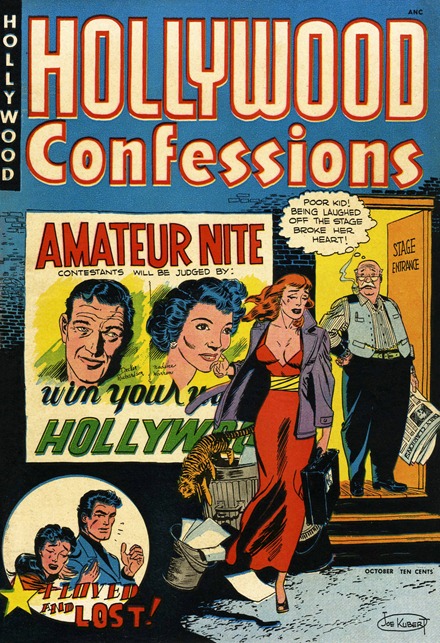One of the nicest things about the long Thanksgiving weekend was having the time to catch up on my reading. I had the pleasure of reading the new book about cartoonists
Bob McKimson, Tom McKimson and Chuck McKimson. The book is called,
"I Say, I Say . . . Son!" after the familiar favorite phrase of
Looney Tunes star Foghorn Leghorn. The subtitle reads: "A Tribute to Legendary Animators Bob, Chuck, and Tom McKimson."
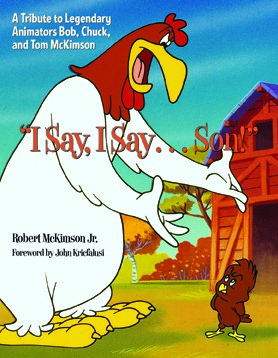
I didn't know very much at all about the McKimsons before reading this "art-o-biography." Looney Tunes directors Bob Clampett and Chuck Jones have been profiled in depth many times, but I confess to being pretty clueless about McKimson's contributions...until now.
According to this book (which focuses primarily on Bob McKimson's work, less so on brothers Tom and Chuck), Bob McKimson was something of a solid guiding rock among the Looney Tunes crew.
John K wrote the introduction, and he sums up Bob McKimson's contributions by stating,
"He was the strongest draftsman at Warner Bros. (and maybe even in the whole industry), played the part of teacher in the studio, and was the anchor of the animation department."
There are a lot of memorable stories and anecdotes that really shed light on the behind-the-scenes world of WB animation -- I especially enjoyed reading about the early days of the animation business when the brothers (like many animators) played musical chairs with the different studios -- from Walt Disney Studio in 1929 to the mysterious Romer Gray Pictures, to Harman-Ising and then to Leon Schlesinger's Looney Tunes and Merrie Melodies for Warner Brothers. In later years the brothers went on to work for Western Publishing's Dell comics (and Gold Key and Whitman) and Golden books, too!
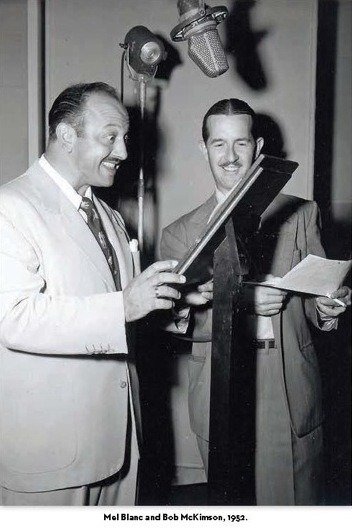
The stories include the lifetime consequences and wild effects of Bob McKimson's car crash in 1932, and the story of how a plumber in Pasadena unearthed some long-forgotten historical animation treasures.
Like many of the colorful Looney Tunes art books like "That's All Folks,",
"I Say, I Say . . . Son!" is profusely illustrated with rare sketches, photographs and production art. Although most of the images are shot or scanned from vintage production artwork, there are also many modern "gallery-style" reproductions (the kind of fake animation cels they used to sell at the WB Store) mixed in. There are also a few low-resolution images included (with jaggy edges and JPEG-artifacts), but the author must have found them important enough to include them anyway. The great majority of the illustrations are excellent quality.
The main thing I enjoyed about the book was the opportunity to follow the cartooning careers of three Golden Age animation professionals from the art form’s infancy in the 1920’s to its demise in the late 1950’s to the TV-afterlife of the 1970’s and ‘80’s. Their life stories are about so much more than the glory years of animation...we get to see the excitement of the “anything goes” early years of the business, and also follow their lives after the movie biz turned its back on them -- to see how talented cartoonists continue to make a life after their livelihood has disappeared. For devoted fans of animation history, this book is a winner.
Link: "I Say, I Say . . . Son!" at Amazon.com










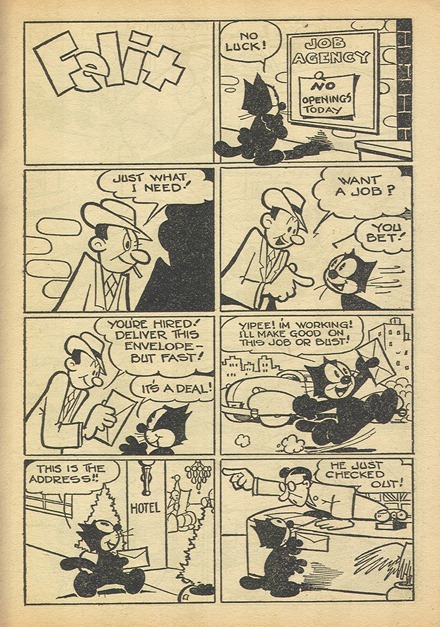
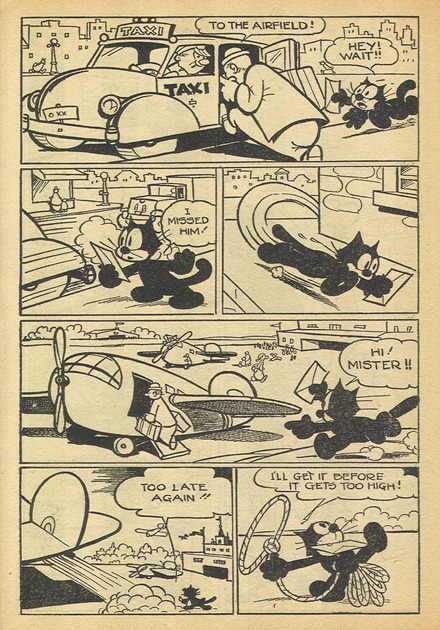
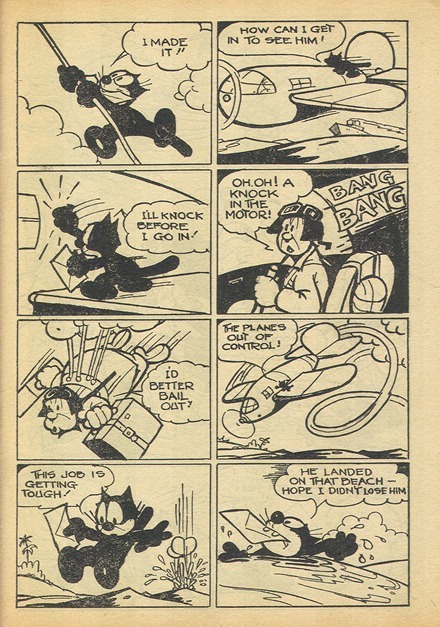
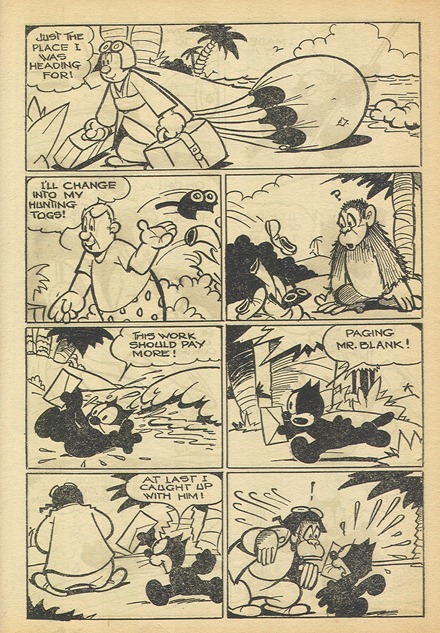
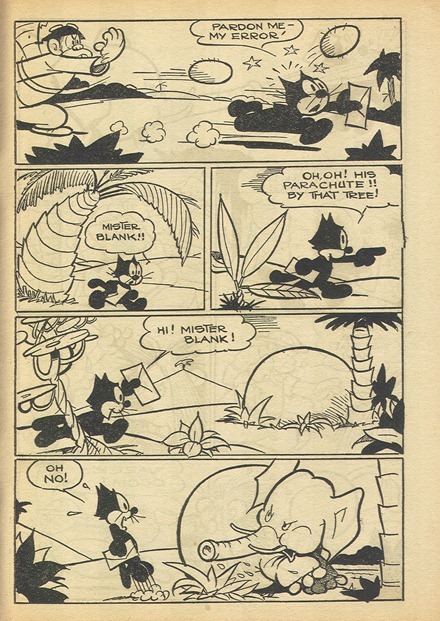
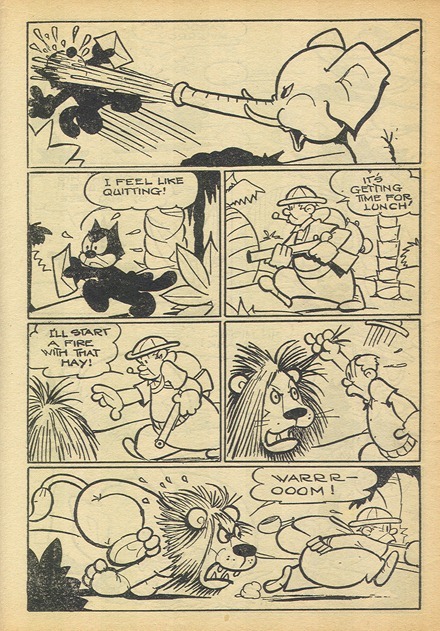
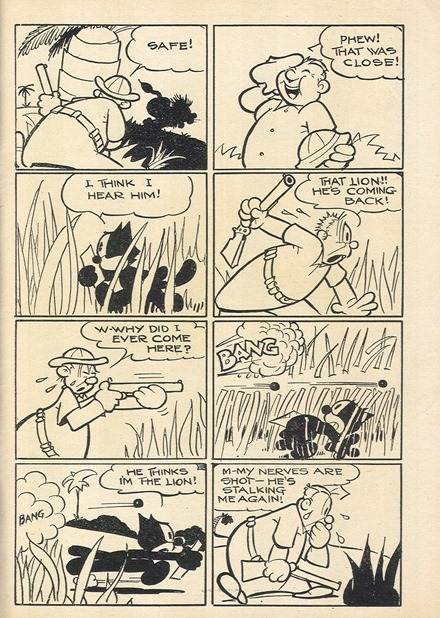
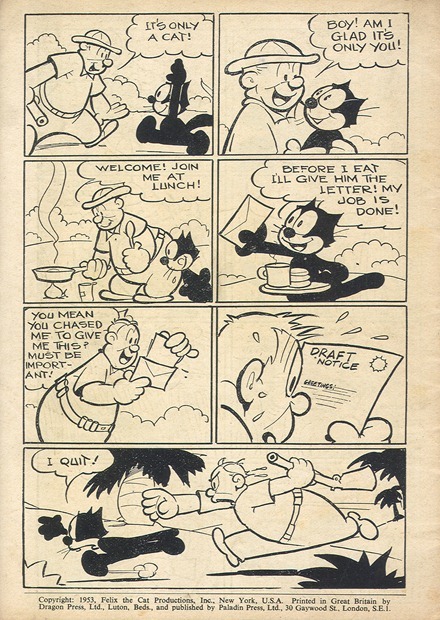



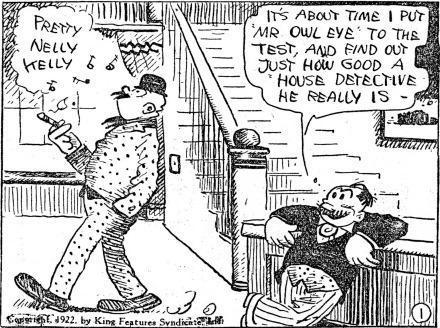
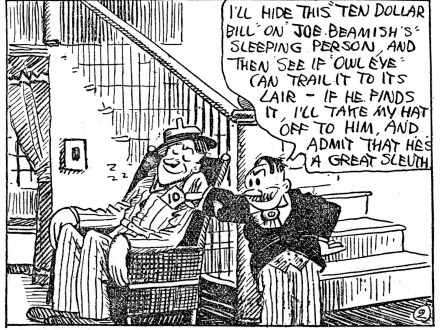
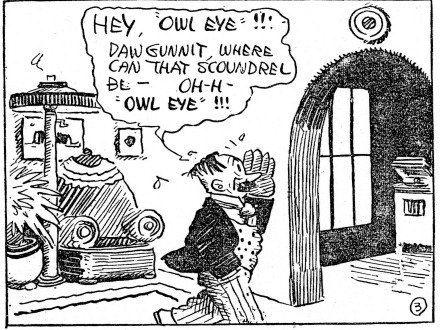
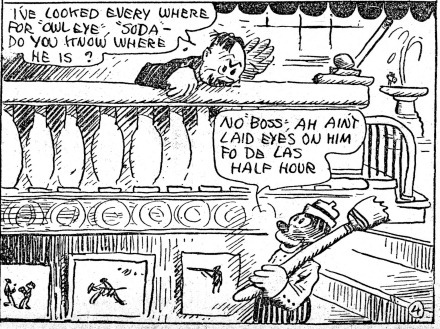
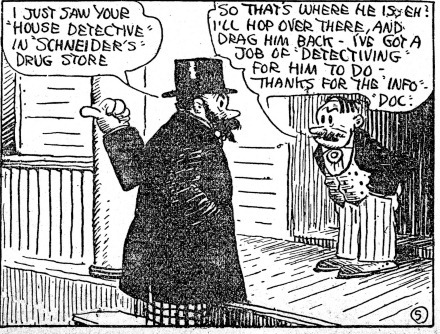
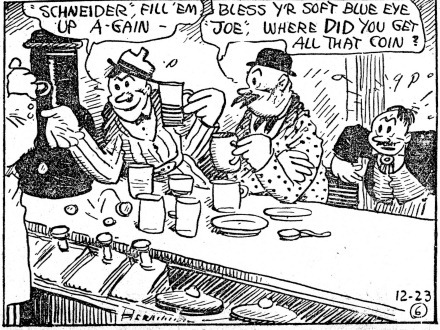
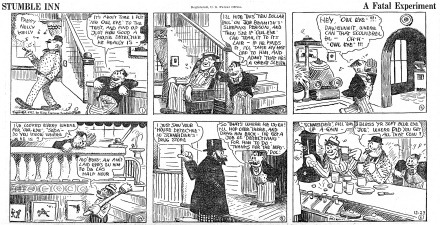
 The things I like most about Bill Plympton are his DIY work ethos and the very personal nature of his animation. I mean, his cartoons look like real drawings (because every frame of his films is made of his own real hand-drawn drawings) instead of a slick image that's been homogenized as it passed through dozens of hands.
The things I like most about Bill Plympton are his DIY work ethos and the very personal nature of his animation. I mean, his cartoons look like real drawings (because every frame of his films is made of his own real hand-drawn drawings) instead of a slick image that's been homogenized as it passed through dozens of hands.